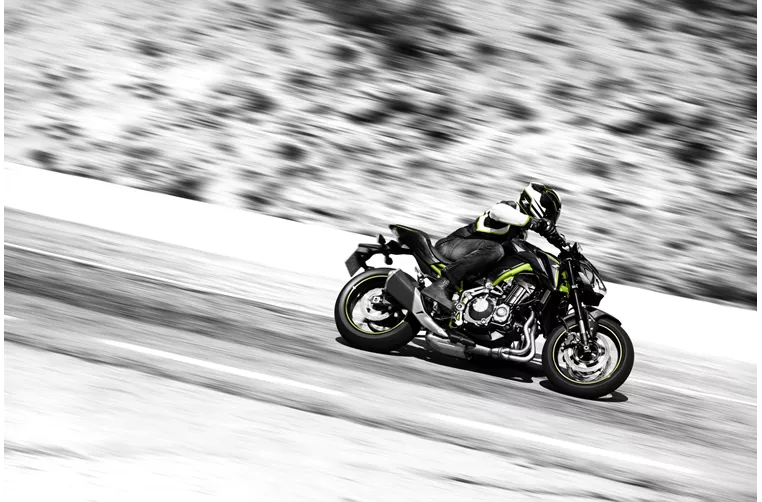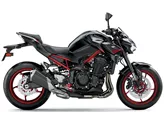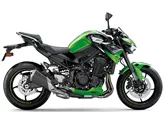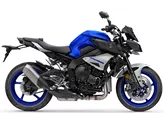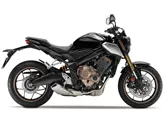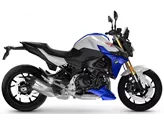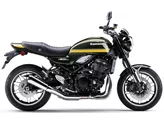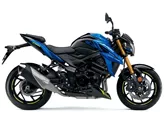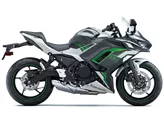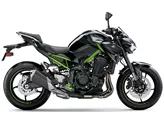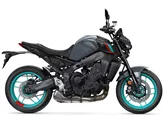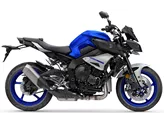Kawasaki Z900 2017 vs. Yamaha MT-10 SP 2017
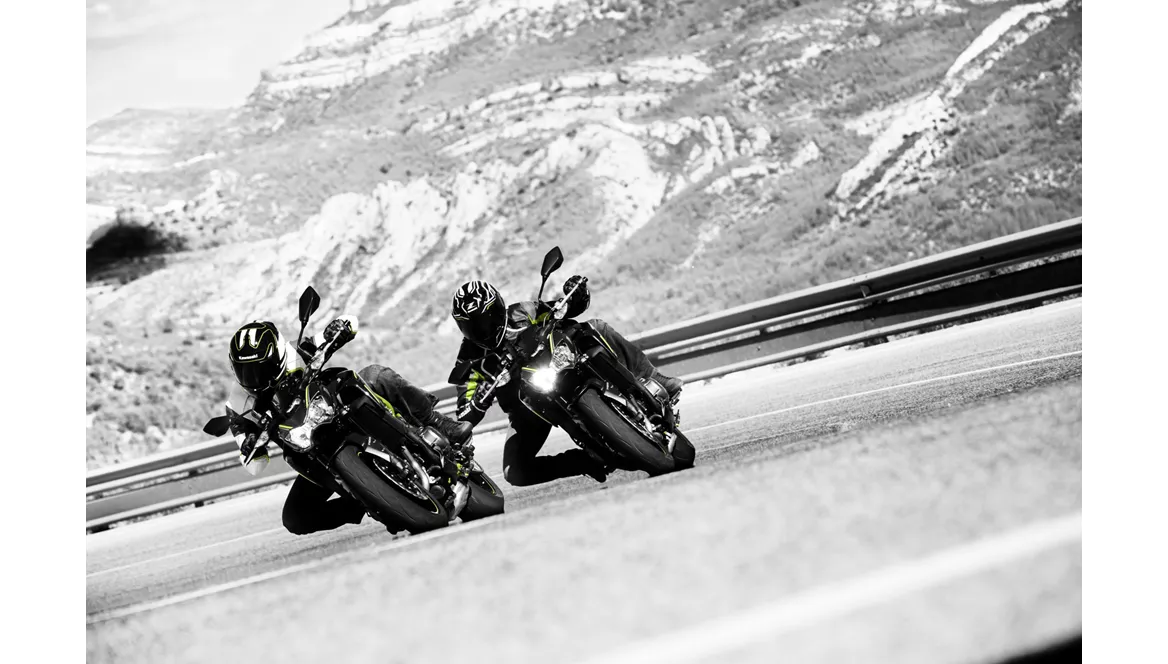
Kawasaki Z900 2017

Yamaha MT-10 SP 2017
Overview - Kawasaki Z900 2017 vs Yamaha MT-10 SP 2017
The Kawasaki Z900 2017 and the Yamaha MT-10 SP 2017 are both naked bikes with similar engine types, inline 4-cylinder engines. However, there are several differences between the two models.
In terms of engine power, the Yamaha MT-10 SP has a clear advantage with 160 horsepower compared to the Kawasaki Z900's 125.4 horsepower. The Yamaha also has a higher torque of 111 Nm compared to the Kawasaki's 98.6 Nm. This means that the Yamaha has more power and acceleration capabilities.
Both bikes have fuel injection systems and liquid cooling, ensuring efficient and reliable performance. The Yamaha has a slightly larger displacement of 998cc compared to the Kawasaki's 948cc.
In terms of suspension, both bikes have upside-down telescopic forks at the front and swing arm suspension at the rear. However, the Yamaha MT-10 SP offers more adjustability with compression, preload, and rebound adjustments for both the front and rear suspension. The Kawasaki Z900 only offers preload and rebound adjustments.
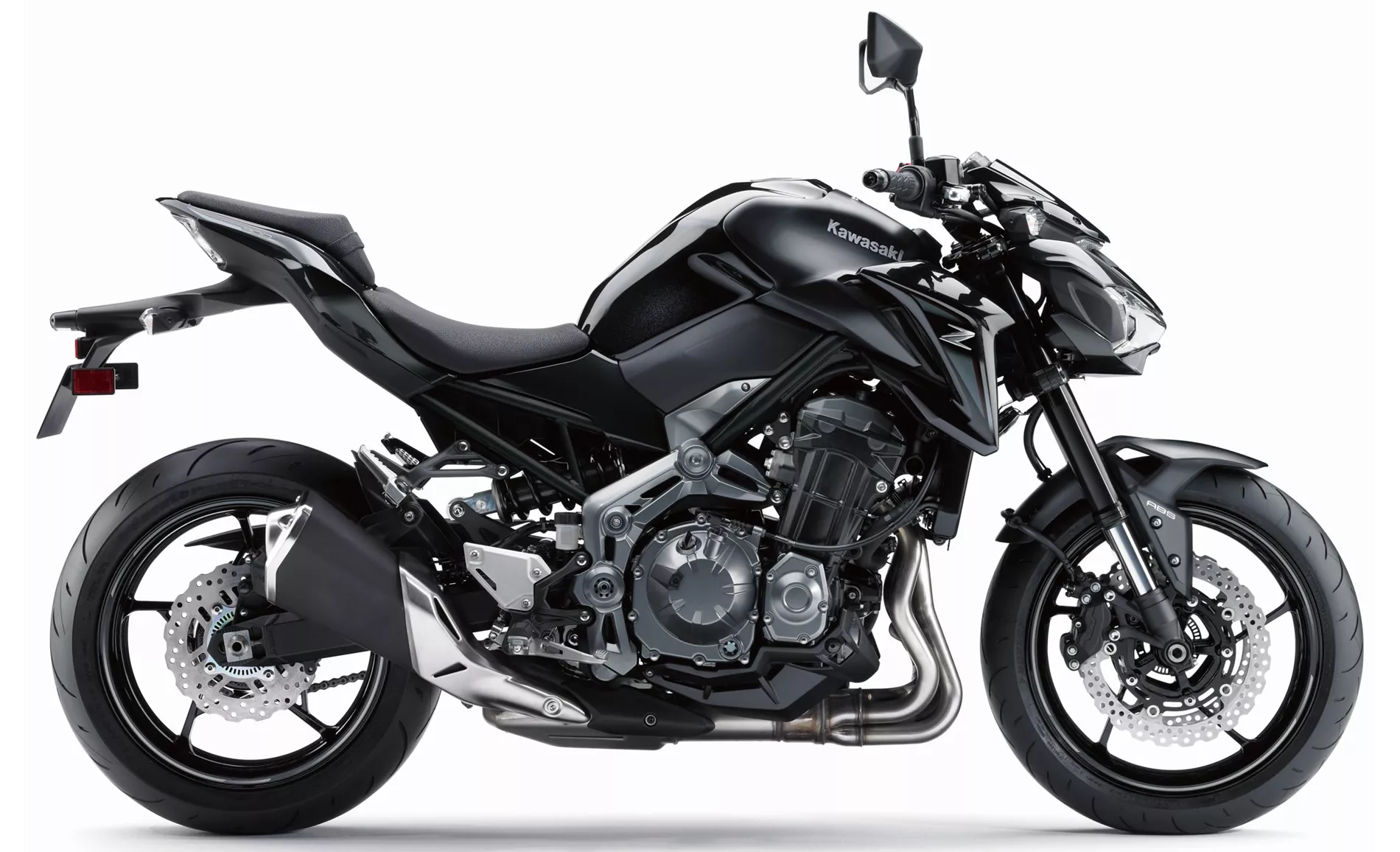
Kawasaki Z900 2017
The chassis of the Yamaha MT-10 SP is made of aluminum and has a Deltabox frame, which is known for its rigidity and lightweight construction. The Kawasaki Z900, on the other hand, has a steel frame with a double cradle design. The aluminum frame of the Yamaha contributes to its overall lighter weight and better handling.
Both bikes have double disk brakes at the front, but the Yamaha MT-10 SP has larger diameter disks at 320mm compared to the Kawasaki Z900's 300mm disks. This allows for better braking performance and control.
In terms of advanced rider assistance systems, the Yamaha MT-10 SP has a more comprehensive package. It includes ABS, electronically adjustable suspension, riding modes, ride by wire, and traction control. The Kawasaki Z900 only has ABS.
In terms of dimensions and weights, both bikes have the same front tire width of 120mm and diameter of 17 inches. However, the Yamaha has a wider rear tire at 190mm compared to the Kawasaki's 180mm. The Yamaha also has a slightly shorter wheelbase of 1400mm compared to the Kawasaki's 1450mm. The seat height of the Yamaha is higher at 825mm compared to the Kawasaki's 795mm. Both bikes have the same kerb weight of 210kg with ABS.

Yamaha MT-10 SP 2017
In terms of strengths, the Kawasaki Z900 is praised for its ingenious naked bike chassis, superb looks, and a responsive engine with well-balanced torque. It is also considered to be a good value for its performance and practicality.
The Yamaha MT-10 SP is praised for its great chassis, high ride comfort, and electronic chassis that enhances utility comfort. The engine is described as emotional yet refined, and the bike offers pleasant wind protection. Despite its radical looks and aggressive sound, the Yamaha is considered a balanced overall package.
In terms of weaknesses, the Kawasaki Z900 is criticized for its narrow knee angle, which may be uncomfortable for taller riders. The Yamaha MT-10 SP is noted to have traction control that is not as advanced as the Aprilia, and the seating position is described as too inactive on the racetrack.
Overall, the Yamaha MT-10 SP offers more power, advanced rider assistance systems, and adjustability in suspension compared to the Kawasaki Z900. However, the Kawasaki Z900 is praised for its chassis and overall value for money.
Technical Specifications Kawasaki Z900 2017 compared to Yamaha MT-10 SP 2017
Pros and Cons in comparison
Pros and Cons in comparison
Kawasaki Z900 2017
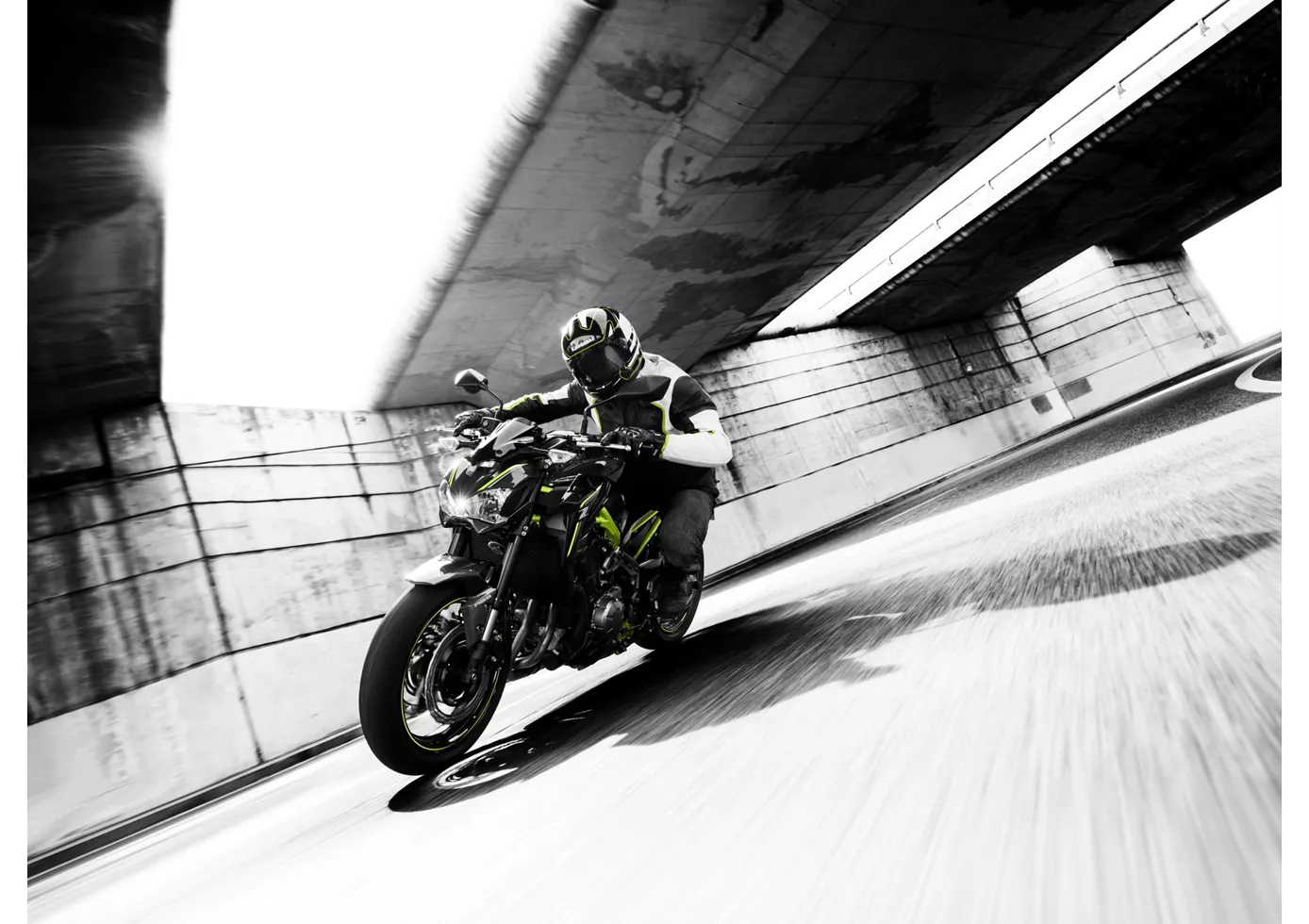
An incredibly well-designed motorbike. A lot of test work and attention to detail went into it. It has exactly the right power, exactly the right chassis and exactly the right look. An all-round successful naked bike that will make you happy for a long time. If you like, you can ride it simply and faithfully, but if you want, you can also ride it really fast and it wheels like hell. Great!
Yamaha MT-10 SP 2017

With the SP version, the MT-10 becomes cooler, more desirable and, thanks to the high-quality chassis, better. The semi-active suspension from the R1M is the best in the naked bike league. Highest quality and best function in combination. The chassis also excites on the racetrack. Nevertheless, the MT-10SP is not a racing machine, because the seating position is not active enough for that.
Price Comparison Avarage Market Price Kawasaki Z900 vs Yamaha MT-10 SP
There are a few key differences between a Kawasaki Z900 2017 and a Yamaha MT-10 SP 2017. In terms of price, the actual average price of a Yamaha MT-10 SP 2017 is about 44% higher. A Kawasaki Z900 2017 experiences a loss of 520 USD in one year and 920 USD in two years of ownership. This is offset by a loss of 2,320 USD and 1,580 USD for a Yamaha MT-10 SP 2017. Compared to Yamaha MT-10 SP 2017 there are more Kawasaki Z900 2017 bikes available on the 1000PS.de Marketplace, specifically 43 compared to 4. It takes less time to sell a Kawasaki Z900 with 85 days compared to 123 days for a Yamaha MT-10 SP. Since model year 2017 1000PS.de editors have written 46 reviews for the Kawasaki Z900 and 18 reviews for the Yamaha MT-10 SP since model year 2017. The first review for the Kawasaki Z900 was published on 11/11/2016 and now has more than 93,200 views. This compares to more than 28,600 views for the first review on Yamaha MT-10 SP published on 10/4/2016.
